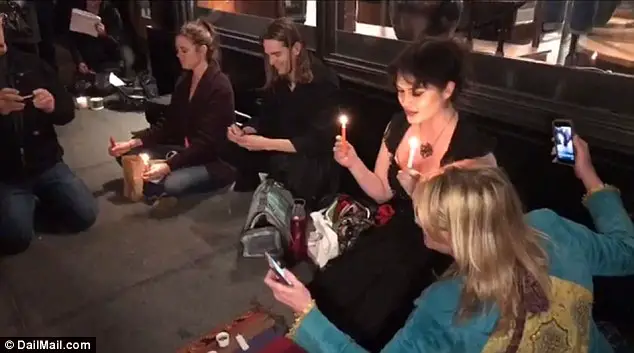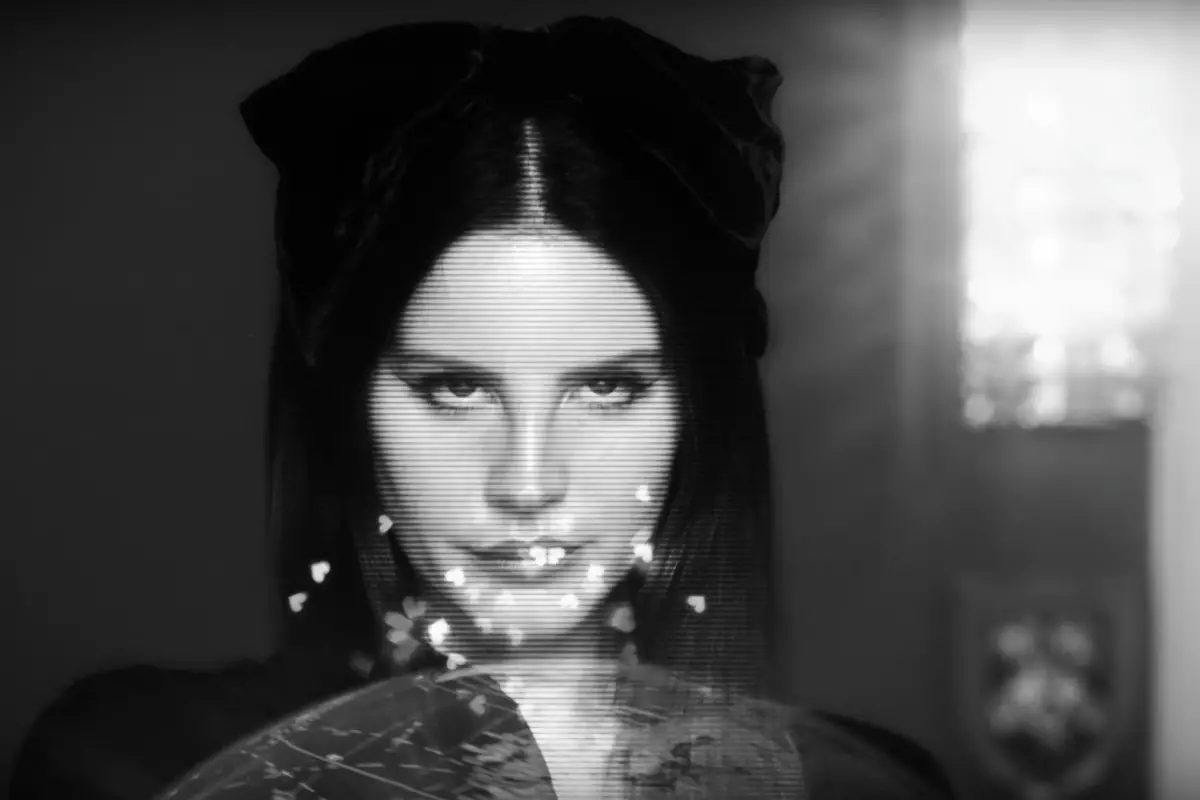Witchcraft is a concept usually relegated history and fantasy. You might associate the word with “Harry Potter,” the Salem witch trials and the green, cackling Wicked Witch of the West. For many teenagers and young adults, though, it’s something entirely different. Unlike in the ’70s and ’80s, when what people nervously referred to as “New-Age religion” was seen as the domain of middle aged hippies, witchcraft and the witchcraft-centered religion Wicca are now transforming into more mainstream lifestyles and key influences on internet culture.
On social media, there are numerous accounts, usually run by young women, that present witchcraft as freeing and fulfilling — not to mention very trendy. Instagrams like The Hoodwitch, Nyxturna and Ancient Hearts post aesthetic photos of crystals, deer skulls and forests. All of these examples are also affiliated with online stores. The Hoodwitch founder Bri Luna describes her Instagram as a “brand.”
Witch isn’t just relegate to Instagram, though. There are examples in the media, too. The I AM Goddess Collective describes itself as “a lifestyle podcast for the modern mystic woman.” And a popular London magazine, Sabat, explores themes of witchcraft and feminism.
Some aspects of witchcraft are even leaking into millennial trends outside of witch communities. Things associated with the mystical or magical — like astrology, crystals and ouija boards — are now a big part of internet culture and popular aesthetics. It’s easy to see why millennials would jump on board the witch train (or broom). Grunge and “pastel goth” looks are a big part of fashion on social media, and witchy objects definitely complete the look.
But for many it goes much deeper than this; witchcraft isn’t just an aesthetic, but a lifestyle — and one that goes hand in hand with a set of beliefs.
Religions that incorporate witchcraft might offer millennials something they don’t get from more mainstream ones. On the whole, millennials are generally less religious than their parents and are especially turning away from Christianity. A 2014 survey conducted by the Pew Research Center found that members of “new age religions” — 46 percent of which are defined as millennials — tend to trust their common sense over scripture or teachings, and don’t believe in a black-and-white system of morality. Over 20 percent don’t believe in a God.
The most famous of these new age religions is Wicca, a wichcraft-centered faith which was founded in the 20th century, but draws on much older forms of Paganism. Wiccans usually believe in a God and a Goddess, balancing divinity between genders.
For the generation behind the Women’s March and #MeToo, this gender balanced and deeply personal approach might be a lot more appealing than a patriarchal deity whose orders you have to unquestionably obey. Chrysalis Arden, who runs the Tumblr blog Wicca 101, is one of the people who found a fulfilling religious path with a more female-focused faith. She says she “never felt at home with Christianity,” and that for her, “the idea of a divine femininity” was an attractive aspect of Wicca.
To be clear, Wicca isn’t synonymous with witchcraft. Arden says: “more and more people practice [sic] witchcraft without bringing in the religious component of Wicca. I think that’s wonderful, really. No one should feel like they have to practice a faith in order to enjoy witchcraft.”
Some people also practice witchcraft in a way that’s bit more…controversial. Back in 2016, rapper Azealia Banks shocked her fans with an Instagram video of her cleaning up dried animal blood and feathers after presumably killing chickens. In the video, she said “real witches do real things.” Similarly, in late 2015 a witch from Louisiana known as Ender Darling caused a minor scandal by posting on Tumblr about taking human bones that had washed up in an old cemetery in order to perform witchcraft.
But while there’s a big difference between Wicca and a bone-stealing, you can’t really argue that anyone involved in either is much of a conformist — and maybe that’s another part of witchcraft’s appeal. millennials and Gen Z-ers are known for being vocally political, questioning institutions and protesting unjust aspects of society.
In fact, it could be argued that witchcraft incorporates activist ideas in a way that goes further than individual identity. Last year, singer Lana Del Rey organized a mass cursing of Donald Trump. The instructions she pointed people toward (which can be found under the website header, “a spell to bind Donald Trump and all those who abet him”) included the fantastic suggestion of setting fire to photo of Trump and telling it “you’re fired!” And while it’s perhaps a little unlikely that this achieved anything concrete, the fact is a group of people came together to protest in a creative way, and overall that’s pretty awesome.

This event echoed the historical use of witchcraft as political protest. In the 1960s and ’70s, WITCH — standing for Women’s International Terrorist Conspiracy from Hell — would publicly “hex” events and institutions they were opposed to, such as beauty pageants and wedding fairs. WITCH used the idea of the witch as a symbol of women taking back power, and linked contemporary misogyny back to the witch hunts of the Renaissance.
Again, this sentiment is mirrored in the online feminist and witch communities, which constantly overlap. A popular slogan for T-shirts, jewelry and art on Etsy reads, “we are the granddaughters of the witches you could not burn.” Many people are, in some ways, identifying as witches as a feminist statement, as an act of empowerment and defiance. If you take the image of the witch in the way WITCH did — as someone who has been historically persecuted, silenced and feared — it’s easy to see why it can be powerful.
The imagery and it’s powerful message resonates in numerous marginalized communities, too. Nyxturna’s Etsy store sells pins with messages like “Queer Witch” and “Dykes for Satan.”
In a Vice article, Dakota Hendrix, a non-binary transgender witch, explained that “being a witch is being autonomous; that’s the whole point…we are defying the patriarchy, we are defying the submissive norm.” Website Black Femme Witches Brew features discussions on race, ancestral traditions, indigenous magic and Hoodoo — which site contributor Omi Kongo defines as “nature magic…African in origin, like all things.”
But rather than witchcraft being inherently a liberatory or subversive practice, it might simply encourage a mindset that fits well alongside feminism and social justice movements. As Arden says, “I do not think that Wicca inspires feminism, nor do I think that feminism/activism inspire people to practice witchcraft or Wicca. Rather, I feel that the type of person who is drawn to one is often drawn to the other.”
This “type of person” could be what our future needs. What seems like a trend could be more than that, blossoming beyond the internet to suggest alternative ways of approaching the world. With its social and political possibilities, coupled with a stylish online makeover, witchcraft might be where it’s at right now. Just maybe try not to steal any bones.

















